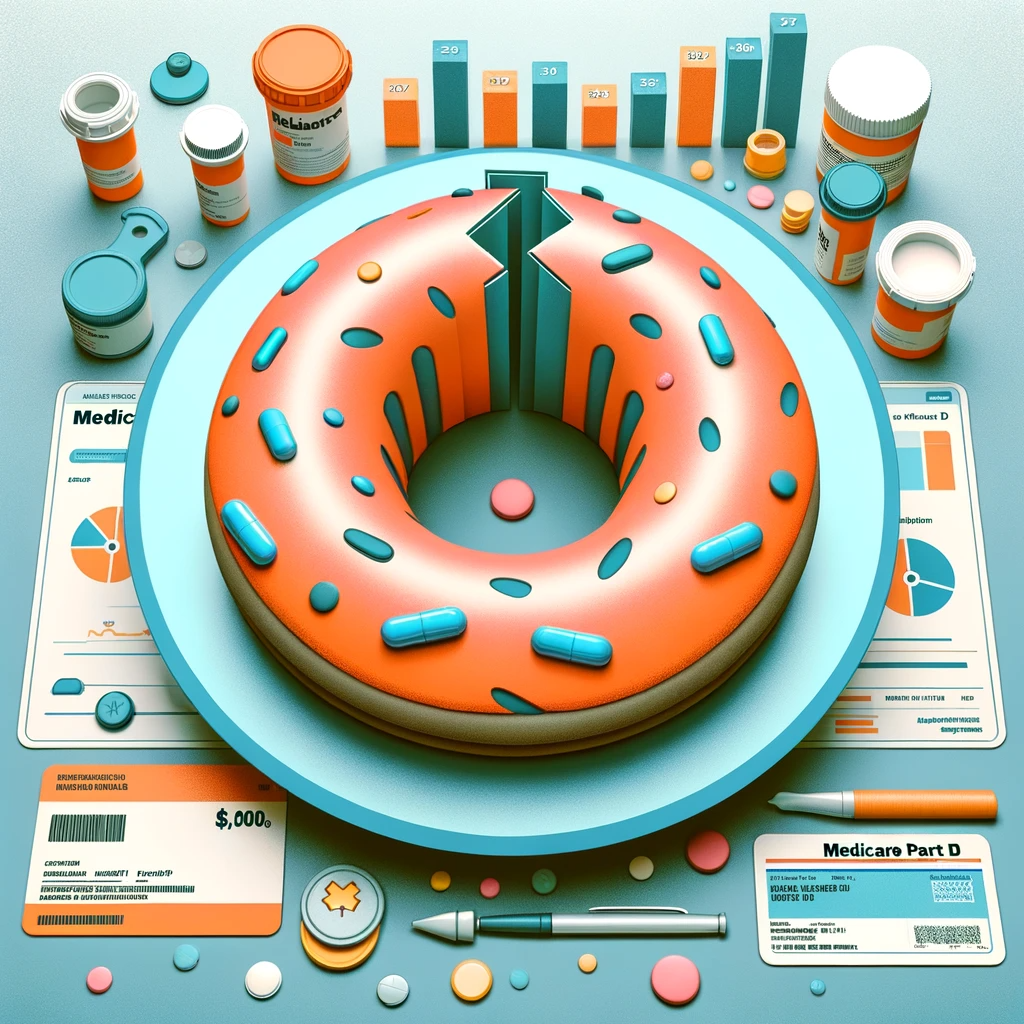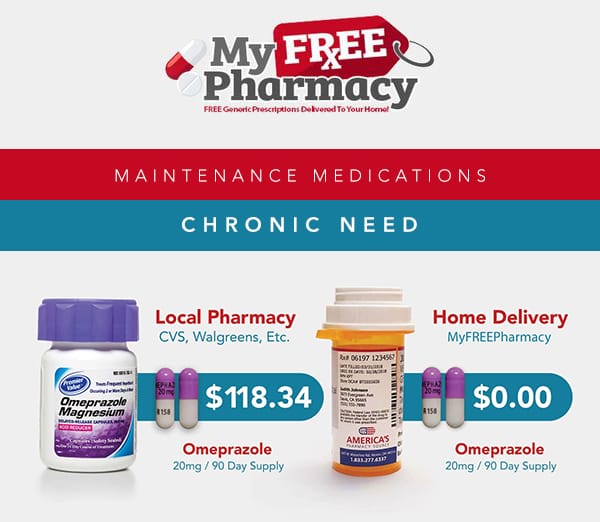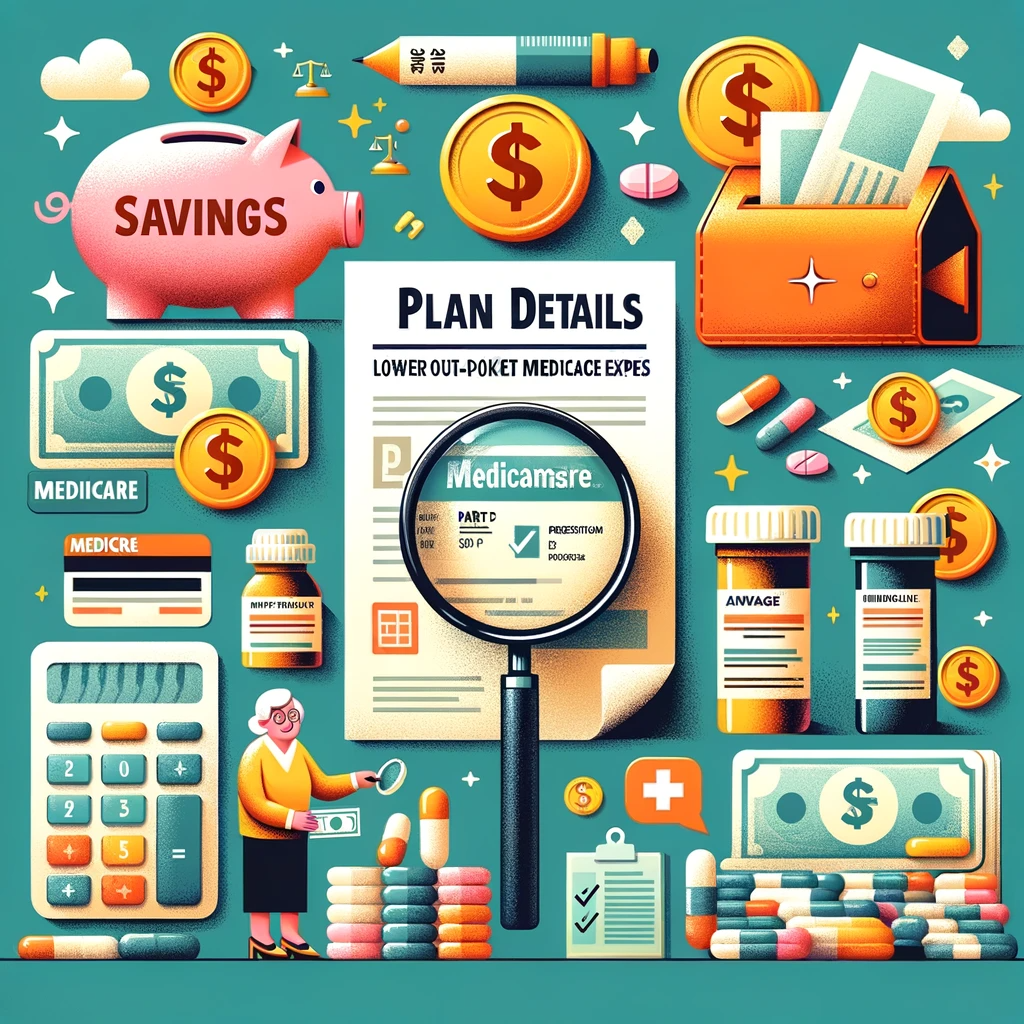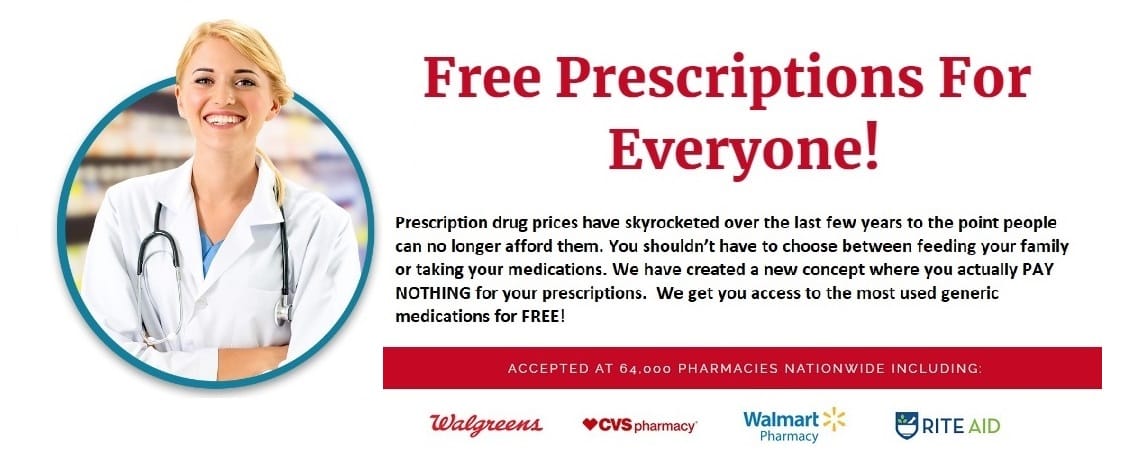Maximizing Benefits and Minimizing Costs: Navigating Medicare Part D and Alternative Prescription Drug Solutions
Explore strategies to maximize benefits and minimize costs with Medicare Part D and alternative prescription drug solutions. Learn about coverage details, out-of-pocket expenses, and innovative programs like MyFreePharmacyPlan.org to reduce medication costs for Medicare beneficiaries.

Introduction:
Medicare Part D is a critical component of the Medicare program, offering prescription drug coverage to beneficiaries. However, even with Medicare Part D or a Medicare Advantage Plan, out-of-pocket expenses for medications can be significant. This article explores the Medicare Part D program, addressing these costs, and introduces innovative solutions like MyFreePharmacyPlan.org for managing prescription drug expenses.
Understanding Medicare Part D:
Medicare Part D provides prescription drug coverage to Medicare beneficiaries. This program is crucial for managing drug costs, but it's important to understand that out-of-pocket spending can still be a concern. Medicare Part D plans cover various prescription drugs, including both generic drugs and brand name drugs, but beneficiaries need to be aware of the coverage gap (also known as the doughnut hole) and catastrophic coverage phases, which can affect their out-of-pocket drug expenses.
Medicare Part D is a federal program that offers prescription drug coverage to individuals who are enrolled in Medicare. This program is designed to make prescription drugs more affordable for Medicare beneficiaries, but it's crucial to understand its structure, including aspects that might affect out-of-pocket expenses.

- Coverage of Prescription Drugs: Medicare Part D plans provide coverage for a wide range of prescription drugs, including both generic and brand-name drugs. Each Part D plan has its own list of covered drugs, known as a formulary, which is divided into different tiers. These tiers determine the level of coverage and the out-of-pocket costs for each medication. Generic drugs typically fall into lower tiers and have lower costs, whereas brand-name drugs are often in higher tiers and can be more expensive.
- Out-of-Pocket Spending Concerns: Even though Part D helps reduce the cost of medications, beneficiaries still need to be prepared for out-of-pocket expenses. These costs can include monthly premiums, annual deductibles, co-payments or coinsurance for specific drugs, and expenses incurred in the coverage gap.
- Understanding the Coverage Gap (Doughnut Hole): One of the most complex aspects of Medicare Part D is the coverage gap, often referred to as the "doughnut hole." This gap begins after you and your plan have spent a certain amount on covered drugs. In 2023, this amount is $4,660. While in the coverage gap, beneficiaries may pay a higher percentage of the cost for their drugs until their out-of-pocket expenses reach the threshold for catastrophic coverage. However, due to the Affordable Care Act and subsequent legislation, the impact of the coverage gap has lessened, with substantial discounts provided on both brand-name and generic drugs during this phase.
- Catastrophic Coverage Phase: After a beneficiary's out-of-pocket spending reaches a certain limit (which is $7,400 in 2023), they enter the catastrophic coverage phase. In this phase, the plan covers most of the cost for covered drugs for the rest of the year. The beneficiary pays a small coinsurance amount or a copayment for their drugs.
- Plan Variability: It’s important to note that costs and coverage can vary significantly between different Part D plans. Beneficiaries should carefully review and compare plans to find one that best meets their medication needs and financial situation.
- Annual Changes: Medicare Part D plans can change each year. This includes changes in the list of covered drugs, the plan's formulary, cost-sharing amounts, and even the plans available in your area. Beneficiaries should review their coverage during the Annual Election Period to ensure it still meets their needs.
Understanding these facets of Medicare Part D is crucial for beneficiaries to effectively manage their prescription drug costs and make informed decisions about their healthcare. It's also beneficial to stay informed about legislative changes and advancements that may impact Medicare Part D and its coverage options in the future.

The Role of Medicare Advantage Plans:
Many enrollees opt for Medicare Advantage Plans, which often include Part D coverage. These plans offer a bundled approach to healthcare, combining Medicare Part A, Part B, and often Part D benefits. However, it's crucial to understand the specific drug coverage and out-of-pocket costs associated with these plans
The out-of-pocket expenses for medications in Medicare Advantage Plans depend on several variables:
Plan's Formulary: Each Medicare Advantage Plan has its own list of covered prescription drugs, known as a formulary. The placement of a drug on the plan's formulary tiers can affect the cost-sharing amount for that medication.
Plan's Pricing Structure: Different plans have different pricing structures, including varying deductibles, copayments, or coinsurance for medications.
Type of Medications: Costs can vary greatly depending on whether the medications are generic or brand-name, and whether they are considered preferred or non-preferred within the plan’s formulary.
Annual Out-of-Pocket Maximum: Medicare Advantage Plans have an out-of-pocket maximum, which can limit total annual spending. However, this maximum can vary from plan to plan.
Beneficiary's Prescription Needs: Individual prescription needs, such as the type and number of medications required, greatly influence out-of-pocket costs.
Geographic Location: Costs can also vary by geographic location, as different areas might have different plans available, each with its own cost structure.
Discover Effective Strategies to Reduce Out-of-Pocket Medication Costs for Both Medicare Part D and Advantage Plan Enrollees

MyFreePharmacyPlan.org : A Revolutionary Approach to Drug Costs:
MyFreePharmacyPlan.org presents an innovative solution to high prescription drug costs. This flat fee pharmacy model is changing the game for uninsured and underinsured individuals. By offering free or low-cost prescription drugs, including high-cost drugs, MyFreePharmacy Plan can significantly reduce drug spending.
Benefits of Flat Fee Pharmacies:
Flat fee pharmacies operate on a simple principle: a fixed charge for dispensing medications, regardless of a drug's price or a patient's insurance status. This model provides clarity in drug pricing, potentially leading to substantial savings, especially for those with limited or no prescription drug coverage.
Advantages of My Free Pharmacy Card:
The My Free Pharmacy Card offers numerous benefits, including:
- Swift processing and delivery of prescriptions.
- Discounts on both brand and generic drugs at participating pharmacies.
- Access to pharmacy benefits at local stores and home delivery options.
- Affordable prescription medication programs for eligible individuals.
DAC’s Comprehensive Diabetes Program:
This program is a standout feature, offering affordable diabetes care, including a bilingual glucometer and $0 out-of-pocket expenses on listed diabetes medications. In partnership with Walmart, DAC provides the most affordable insulin in the nation, significantly reducing the financial burden for diabetes patients.
Addressing High Drug Prices and Medicare Spending:
Despite the benefits of Medicare Part D, challenges like high drug prices and increasing Medicare spending remain. If you are spending more than $20 a month on prescriptions out of your pocket, My Free Pharmacy Plan is a solution for you
Conclusion:
While Medicare Part D and Medicare Advantage Plans provide essential drug coverage, beneficiaries must navigate the complexities of these programs, including understanding drug formularies, cost-sharing amounts, and the impact of the coverage gap. Alternatives like MyFreePharmacy Plan offer revolutionary ways to access medications affordably, highlighting the importance of exploring all available options to manage prescription drug costs effectively. With the right information and resources, Medicare beneficiaries can make informed decisions to ensure they receive the care they need at a cost they can manage.
